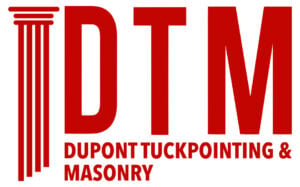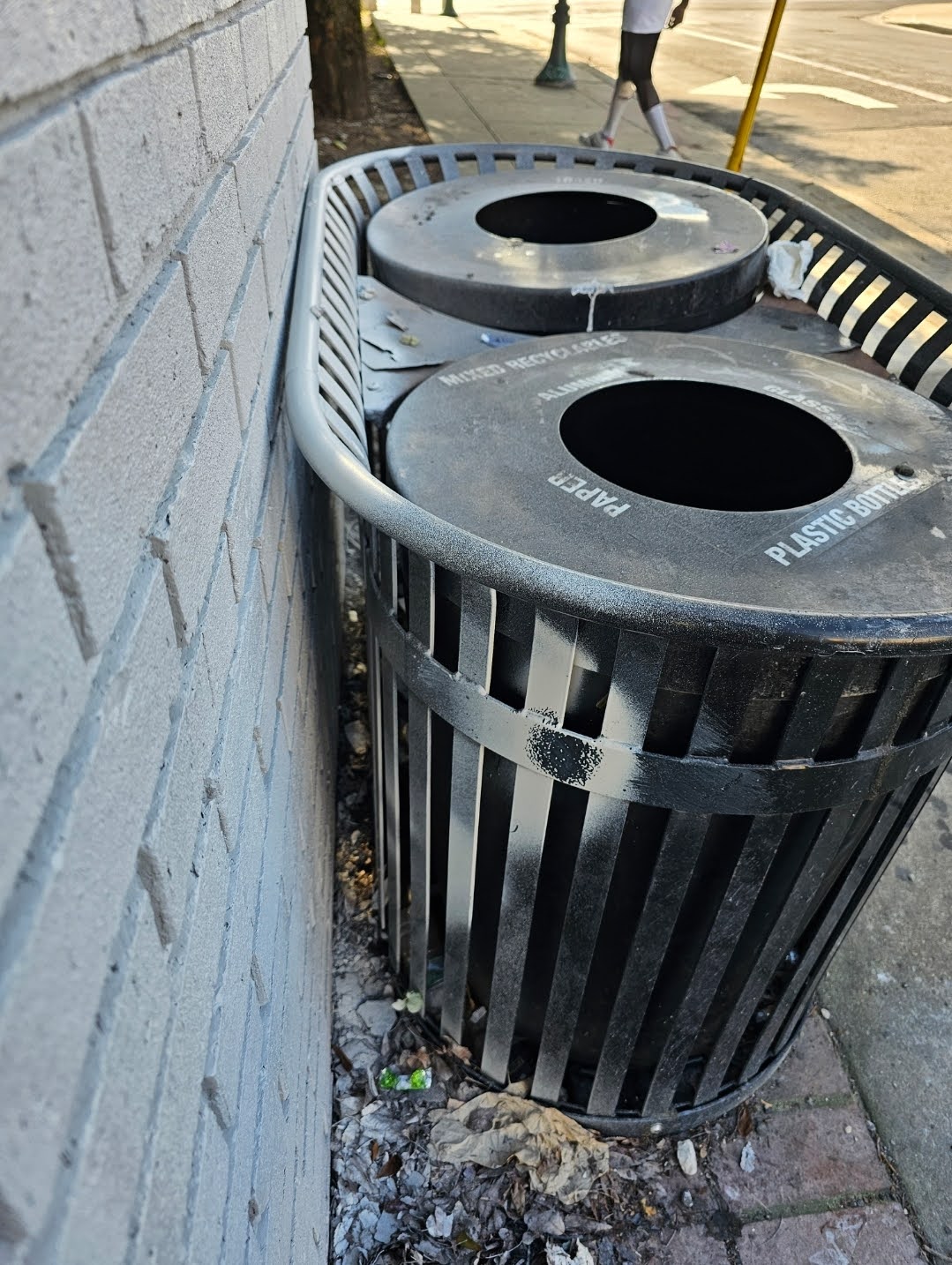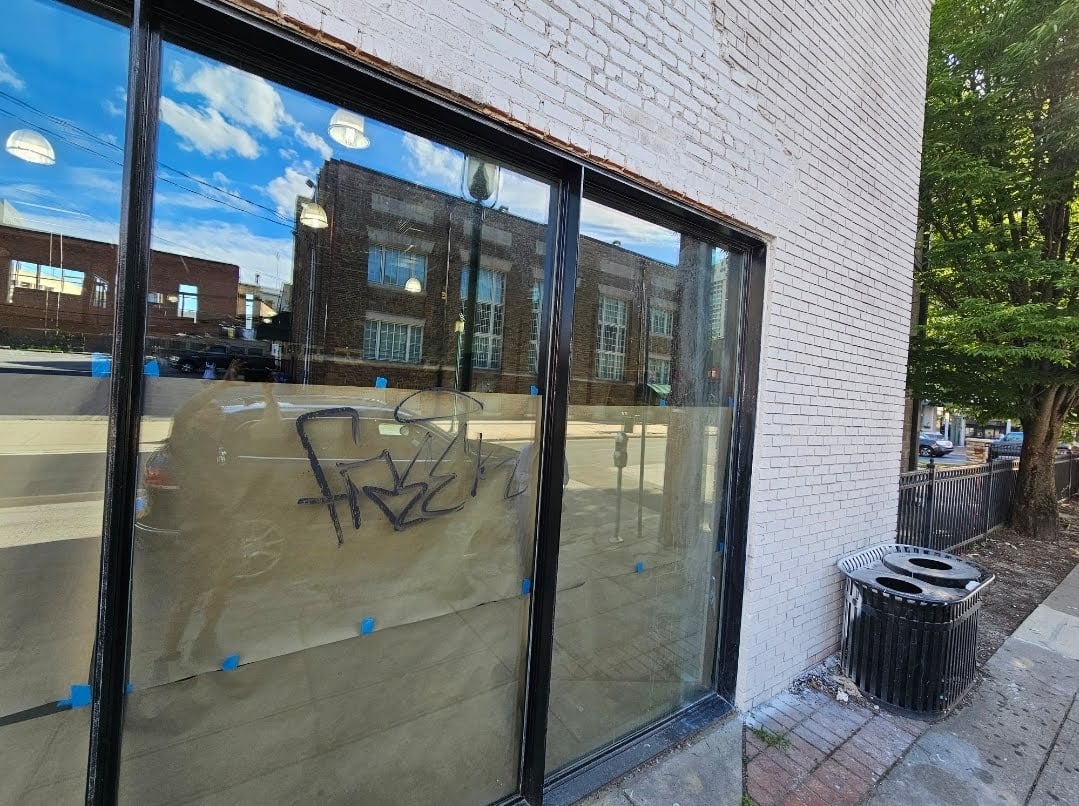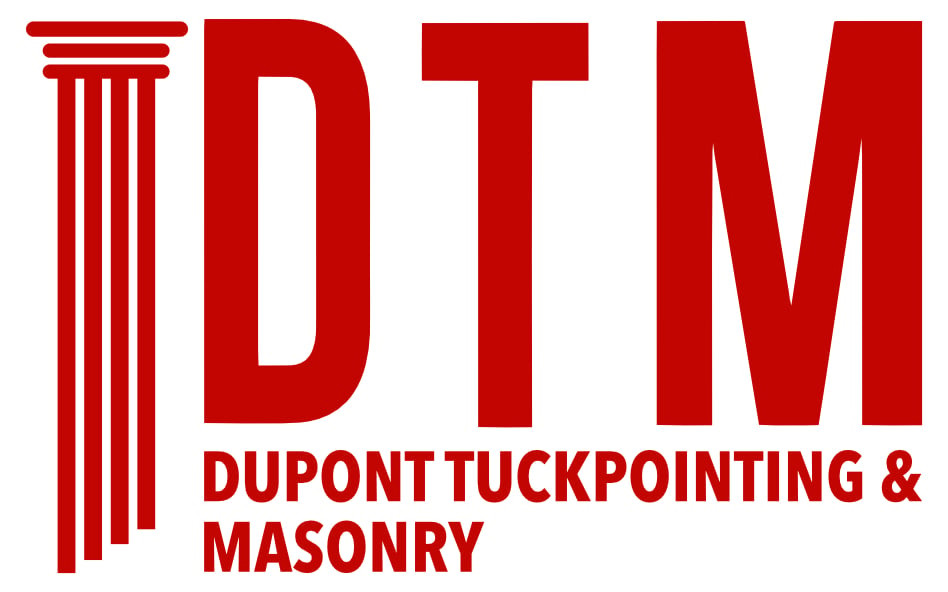This past week, we looked closely at eight of the main causes of brick masonry overhydration. Today, we are taking the next step to look at the physical mechanisms of damage in brick masonry. These physical mechanisms of damage work slightly differently to break down and deteriorate brick masonry as bricks and their respective brick joints deteriorate:
- Increased pore water pressure within the bricks
- Dissolution and transportation of soluble salts
- Freeze-thaw cycles amplified by high moisture content
- Chemical reactions between water and brick/mortar components
We look at each of each of these mechanisms of damage related to the overhydration of masonry wall assemblies in detail, focusing on the underlying chemistry and physics from a technical engineering perspective.
Increased pore water pressure within the bricks:
Bricks are porous materials composed of a network of interconnected pores of varying sizes. Its not necessarily intuitive that bricks are porous, but it’s true and you can see the porosity, on a microscopic level. When exposed to moisture, these pores can become saturated with water through capillary action. As water fills the pores, it exerts hydrostatic pressure on the pore walls. This pressure is inversely proportional to the pore radius, as described by the Young-Laplace equation: ΔP = 2γ/r, where ΔP is the pressure difference across the curved liquid-vapor interface, γ is the surface tension of water, and r is the pore radius. In smaller pores, this pressure can be significant, sometimes reaching several megapascals. This pressure leads to the breakdown of bricks. Over the past few weeks we’ve looked at spalling.
The pictures below show a clear view of a spald area of brick masonry. This is historic brick and it’s right next to an area of a downspout that doesn’t run all the way out past the wall, if you more inches could actually make a big difference in the amount of hydration experienced by that portion of the base of the wall.

The mortar is deteriorated at this location and the face of the brick has spalled.

When the brick is subjected to evaporative conditions (e.g., wind or sunlight on one face), a moisture gradient develops across the brick. This gradient leads to differential strain, as the drier portions contract while the wetter portions remain expanded. The resulting internal stresses can exceed the tensile strength resistance of the brick material, particularly if it is already weakened by other degradation processes.
Consequently, microcracks may form and propagate, eventually leading to spalling or disintegration of the brick surface.
Dissolution and transportation of soluble salts:
Water acts as a solvent for various salts present in bricks, mortar, and the surrounding environment (e.g., soil or atmospheric pollutants). Common salts include chlorides, nitrates, and sulfates of sodium, potassium, magnesium, and calcium. The solubility of these salts varies with temperature and the presence of other dissolved species, following complex thermodynamic relationships described by the Pitzer model or similar advanced electrolyte theories.
As water percolates through the masonry, it dissolves these salts and transports them in solution. The movement is governed by both concentration gradients (diffusion, described by Fick’s laws) and bulk fluid flow (advection, following Darcy’s law in porous media). When the solution reaches the surface or a boundary where evaporation occurs, the water evaporates, leaving behind salt crystals.
The pictures below show an area of a screen wall, built with historic masonry: historic common brick and lime mortar. The coping at the top of the wall is built without an extending lip, effectively an extending drip edge, and directs water directly down the face of the wall. As a result several of the bricks have spalled, over the years due to overhydration.
If you look closely in the picture below, you can actually see a piece of flaked off brick facing that is caught in the vines that have grown down the face of the wall. These vines, shown more closely in the next picture below also are slowly contributing to damage and deterioration of the wall.

The low temperature fired brick, a highly porous material, has started to crumble at the outer face of the wall.

The picture above and below, show the extent of the deterioration and damage of the brick, even the parts that remain come at the surface, are generally loose and delaminated, still in place yet already damaged.

This symptom of overhydration, the process, known as efflorescence (on the surface) or subflorescence (beneath the surface), is more of an indication of bigger problems under way, but also itself a concern, because salt crystallization exerts substantial crystallization pressure. These pressures can possibly exceed the tensile strength of the brick or mortar, leading to damage, especially in historic brick and mortar with lower tensile and compressive strength.
In this coming week, we will continue looking at this topic and discuss issues of freeze fall conditions and forces exerted with expanding water molecules as the water transitions from a state of a liquid to a solid. This particular type of temperature change can be particularly concerning with over hydrated masonry. We will also look at inherent chemical reactions with over hydrated masonry. The physical matrix of masonry essentially dissolves, to an extent, and we’ll discuss these chemical reactions.
If you were looking for a masonry restoration contractor that takes historic preservation seriously, reach out to us. Our company can help.You can reach us by telephone at (202) 796-7644 and you can reach us by email from the contact form on our website at https://duponttuckpointingmasonrydc.com/contact-us/.




